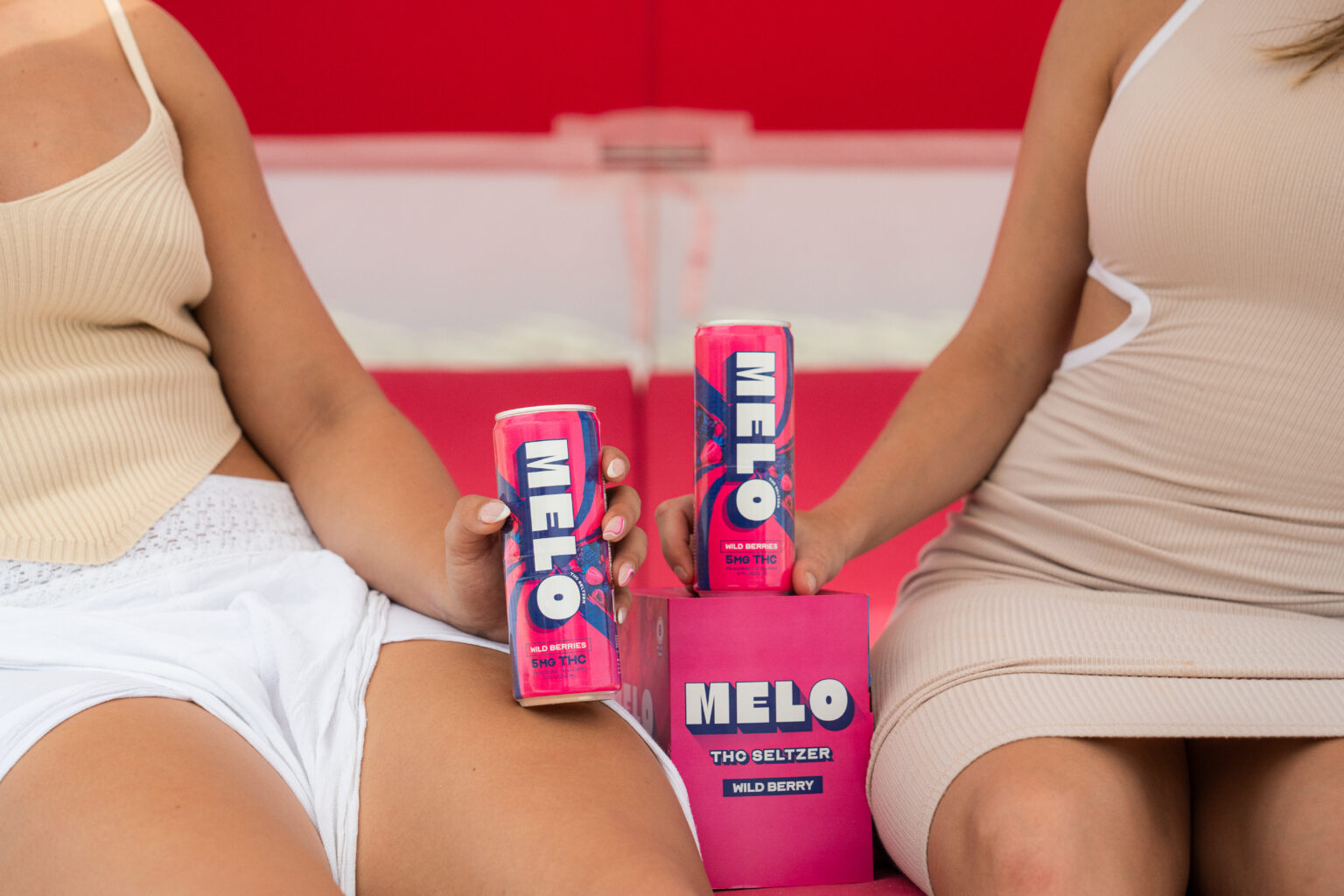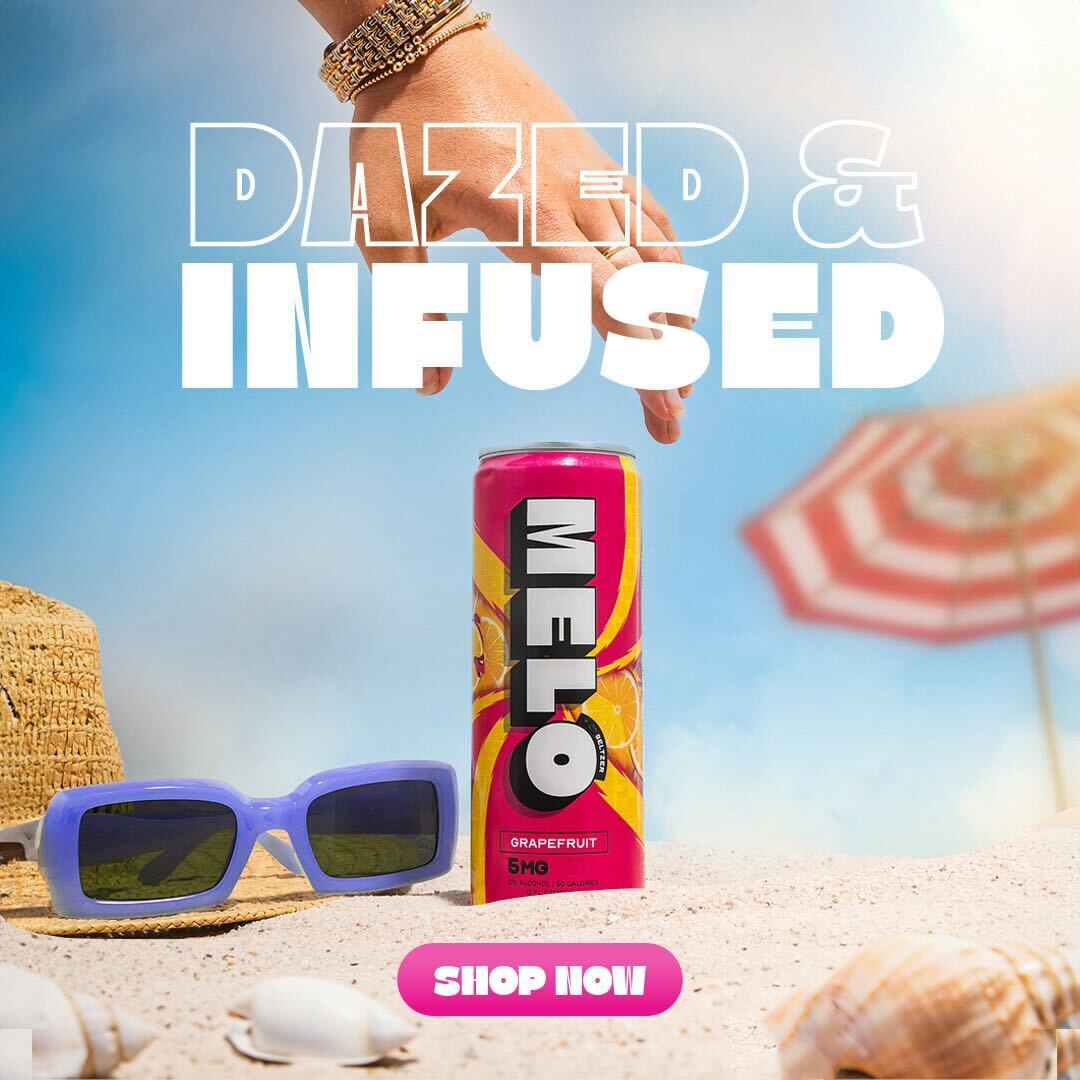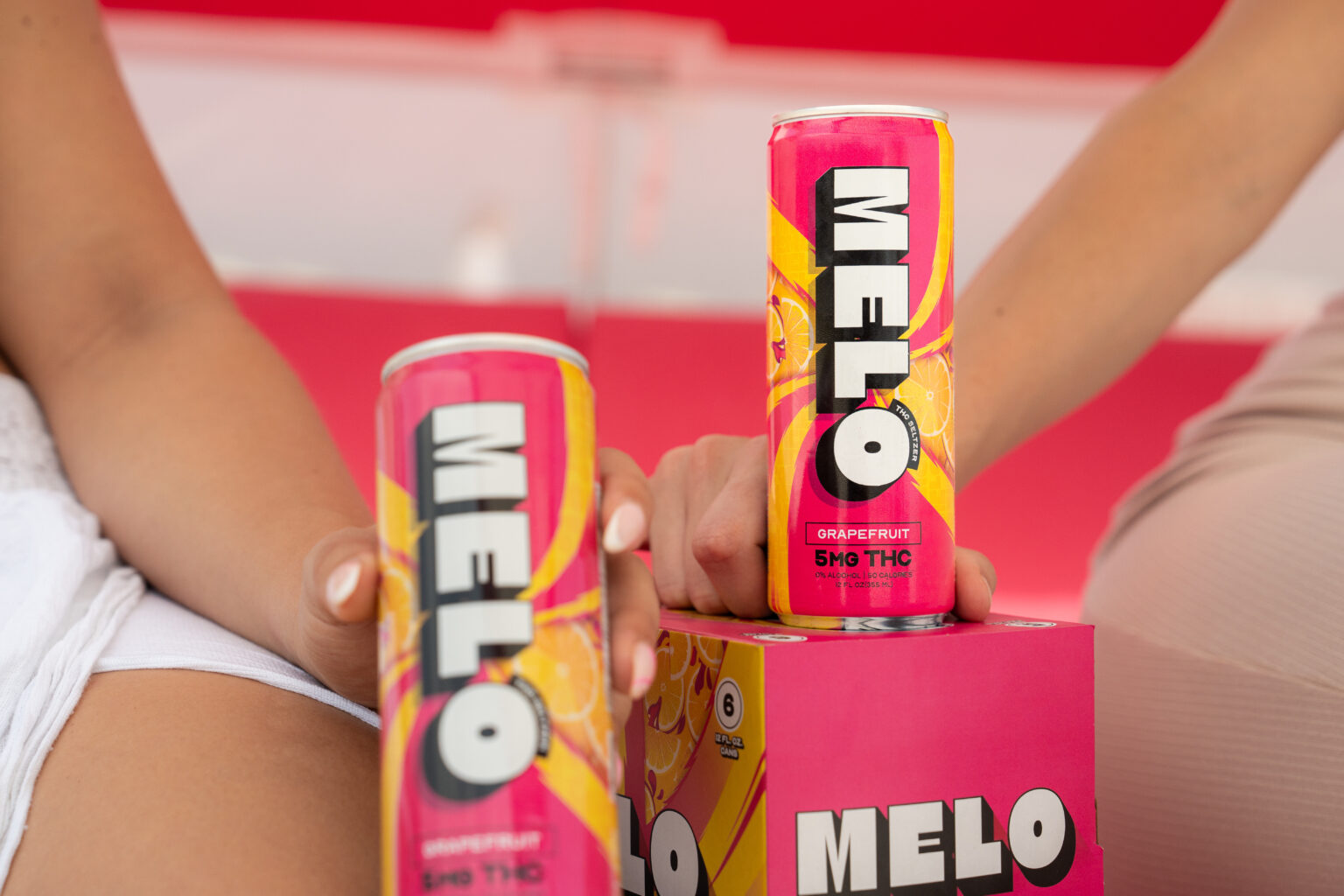Extraction Methods
Understanding how THC drinks are made requires delving into the intricate world of extraction methods. These processes isolate cannabinoids like THC from the cannabis plant, paving the way for their infusion into beverages. From traditional solvent-based techniques to cutting-edge CO2 extraction, each method offers unique advantages and considerations in terms of efficiency, purity, and final product characteristics.
CO2 Extraction
CO2 extraction has emerged as a popular method for isolating THC due to its inherent safety and ability to produce high-quality extracts. This process utilizes pressurized carbon dioxide (CO2) that, when subjected to specific temperatures and pressures, transforms into a liquid capable of dissolving THC compounds. As the CO2 is gradually depressurized, it transitions back into a gas, carrying the extracted THC with it. This leaves behind a highly concentrated, pure form of THC isolate, ideal for infusing into beverages.
Solvent Extraction
Solvent extraction stands as a widely used technique for extracting THC. It involves utilizing solvents, such as ethanol or butane, to dissolve cannabinoids from the plant material. The solvent mixture containing the dissolved THC is then separated from the plant matter through filtration. Subsequently, the solvent is evaporated, leaving behind a concentrated THC extract.
THC Isolate Production
The journey of creating THC-infused drinks begins with extracting pure THC from the cannabis plant.
Crystallization
Crystallization is a key step in refining THC isolate. After extraction using methods like CO2 or solvent extraction, the resulting concentrate often contains impurities and residual solvents. Crystallization involves carefully controlling temperature and pressure to induce the formation of pure THC crystals. These crystals are then separated from any remaining liquid, yielding a highly concentrated and purified form of THC isolate.
The purity and crystalline structure of the THC isolate directly influence its solubility and bioavailability in beverages.
Winterization

Winterization is a crucial process employed to further purify and enhance the quality of THC isolate. It involves exposing the crude extract to low temperatures, typically below freezing point. During this process, lipids, waxes, and other undesirable components present in the extract crystallize and become separated from the desired THC molecules. These crystallized impurities can then be easily filtered out, leaving behind a cleaner and more concentrated THC isolate.
The benefits of winterization are multifold. It significantly improves the clarity and appearance of the final THC product, as it removes cloudiness caused by suspended fats and oils. Moreover, winterization enhances the solubility of THC in beverages, ensuring better distribution and bioavailability of the active ingredient.
Formulation and Mixing
Formulation and mixing are essential steps in transforming pure THC isolate into a palatable and enjoyable beverage. This stage involves carefully selecting and combining ingredients such as water, sweeteners, flavorings, acids, and preservatives to create a balanced and appealing product. Precise ratios and blending techniques are crucial to ensure consistent potency, taste, and texture across all batches.
Flavoring and Sweetening
Flavoring and sweetening play a vital role in transforming functional THC extracts into consumer-ready beverages. A wide array of natural and artificial flavor profiles can be incorporated to mask the potential earthy or herbal notes associated with cannabis. Popular choices include fruity flavors like berry, citrus, or tropical blends, as well as more nuanced options like vanilla, caramel, or even coffee.
Sweeteners are essential for balancing the often-bitter taste of THC and enhancing overall palatability. Common sweeteners used in THC drinks include sugar, high fructose corn syrup, stevia, agave nectar, and artificial sweeteners like sucralose or aspartame. The choice of sweetener can influence the final product’s calorie content, glycemic index, and overall taste profile.
Adding Terpenes
The process begins with dissolving the purified THC isolate into a suitable base liquid, often water or a fruit juice blend. This allows for even distribution of THC throughout the beverage.
Next, flavorings are carefully added to create the desired taste profile. This can involve using natural extracts, essential oils, or artificial flavoring agents. The goal is to mask any inherent cannabis flavors while creating a refreshing and enjoyable sensory experience.
Sweeteners are then incorporated to balance the taste of THC, which can be slightly bitter. The type of sweetener used will depend on factors like desired sweetness level, calorie content, and overall flavor profile.

Additional ingredients such as acids (citric acid or malic acid) may be added for tartness and to enhance flavor complexity. Preservatives might also be included to extend the shelf life of the finished product.

Finally, terpenes, aromatic compounds found naturally in cannabis plants, can be added to further enhance the flavor profile and potentially modulate the effects of THC. Terpenes contribute to the unique aroma and taste characteristics of different cannabis strains.
Bottling and Packaging
The final stage in the creation of THC-infused beverages is bottling and packaging. This crucial step ensures that the product is properly preserved, labeled correctly, and presented attractively to consumers.
Sterile Filling Process
Bottling and packaging are critical steps in ensuring the safety, quality, and shelf life of THC drinks. The beverage is transferred into sterile bottles or containers using automated filling equipment to prevent contamination.
These containers are typically made from materials such as glass or aluminum, chosen for their ability to protect the product from light, oxygen, and other environmental factors that can degrade the THC.
Once filled, the bottles are sealed with tamper-evident closures to maintain sterility and prevent tampering. Labeling is applied according to strict regulations, including information about THC content, serving size, ingredients, and potential health warnings.
Finally, the packaged products are carefully stored and transported to distribution centers, ensuring they remain at the appropriate temperature and are protected from damage until they reach consumers.
Labeling and Distribution
Bottling and packaging play a crucial role in preserving the quality and safety of THC drinks.
The beverages are filled into sterile bottles or containers using automated equipment to prevent contamination.
These containers, often made from glass or aluminum, protect the product from light, oxygen, and other elements that can degrade THC.
After filling, tamper-evident closures ensure sterility and prevent tampering.
Labels adhere to strict regulations, providing information about THC content, serving size, ingredients, and potential health warnings.
Packaged products are carefully stored and transported to distribution centers, maintaining appropriate temperature and protection during transit.
Melo Seltzer’s Best-Selling THC Drinks Online
- Why Breadcrumbing Is One Of The Most Subtle Forms Of Manipulation In Relationships - November 11, 2025
- What Is The Average Age For Cheek Fillers? - November 10, 2025
- What Age Is Too Late For A Facelift? - November 7, 2025
